
From a cultivated plant not of known wild origin
Grown from seed acquired by famed Arboretum plant collector Ernest Henry Wilson over a century ago from the Yokohama Nursery Company, this tree may be compared with others on Peters Hill from the same accession. They reveal the variety of forms, from curving to climbing, that this delightful evergreen can develop.
Japanese black pine (Pinus thunbergii) is native to the coastal areas of Honshu, Shikoku, and Kyushu, Japan as well as parts of South Korea, where it sometimes develops a windswept habit. Bonsai artists have long prized the tree for its ability to create a contorted form and have used it for their designs for centuries, and it was one of the most frequently painted trees in the Edo Period.
In the Forest Flora of Japan, a work that summarizes his observations of the Japanese flora made during his 1892 trip to the country, Charles Sargent describes P. thunbergii as a good timber tree that will grow on poor land that would not support any other plantations. He further observes that it “is one of the most picturesque of Pines, with a broad head of stout contorted somewhat pendulous branches, often growing to a height of eighty feet, and producing trunks three feet through.”
Although the conservation status of the Japanese black pine is listed as of “Least Concern” in the IUCN Red List of Threatened Species, it is vulnerable to attack by the pine wilt nematode (Busaphelenchus xylophilus) which was introduced from to Asia from North America in the early twentieth century.
This Japanese black pine was grown from seed accessioned in 1919. Arboretum collector Ernest Henry Wilson acquired it in Japan at the very end of his 1917-1919 expedition. Wilson introduced many horticulturally valuable plants into cultivation, while creating enduring cultural links to nurseries, gardeners, and botanists across Asia.
The contorted form of the tree is well exemplified by this specimen with its twisted, elegant trunk. Notice how the irregular form looks windswept like examples in its native habitat. The dark gray bark reveals brown scales that break into irregular, rough scaly plates.
Japan
Viewing this plant in-person? Look for these defining characteristics:
1
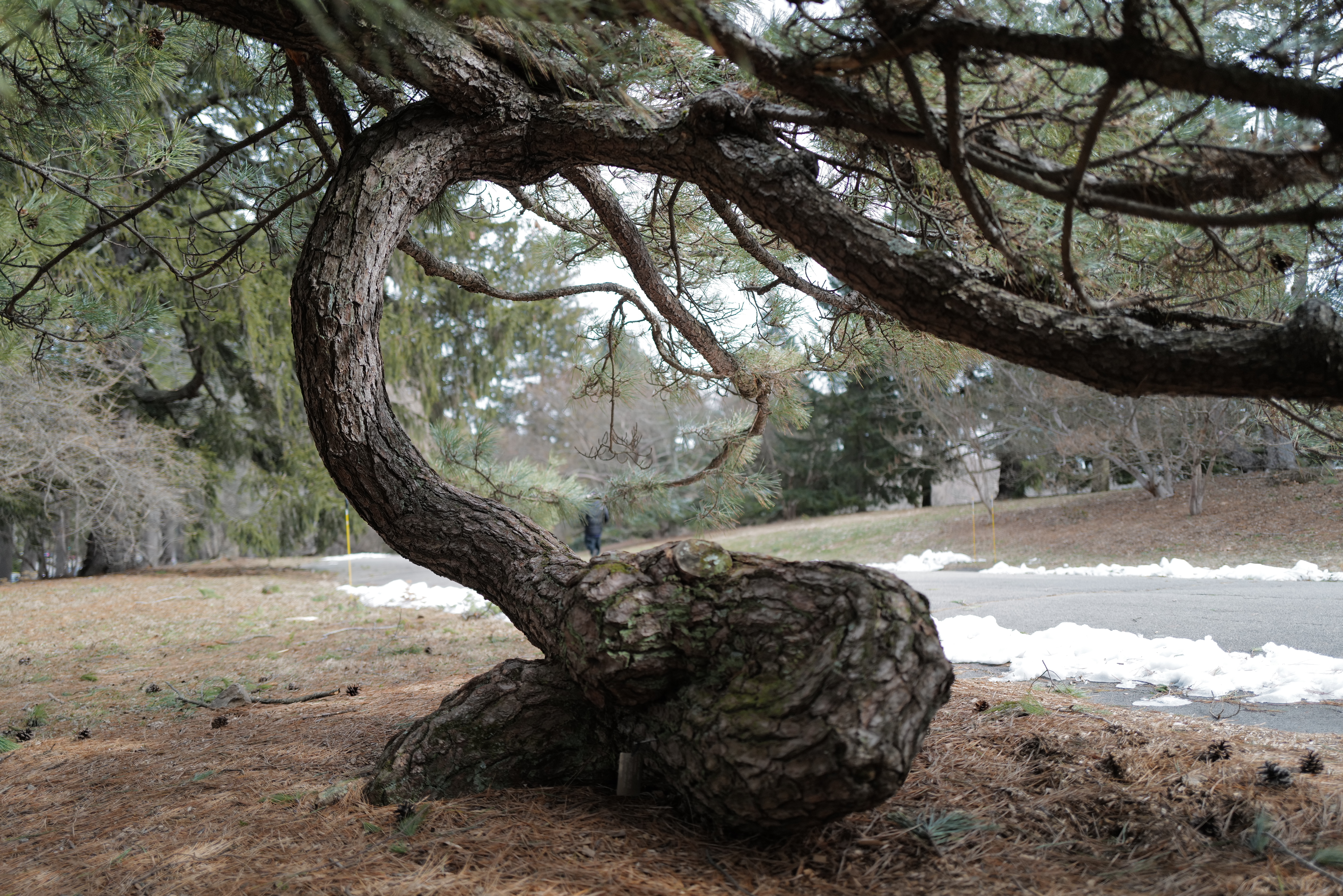
2
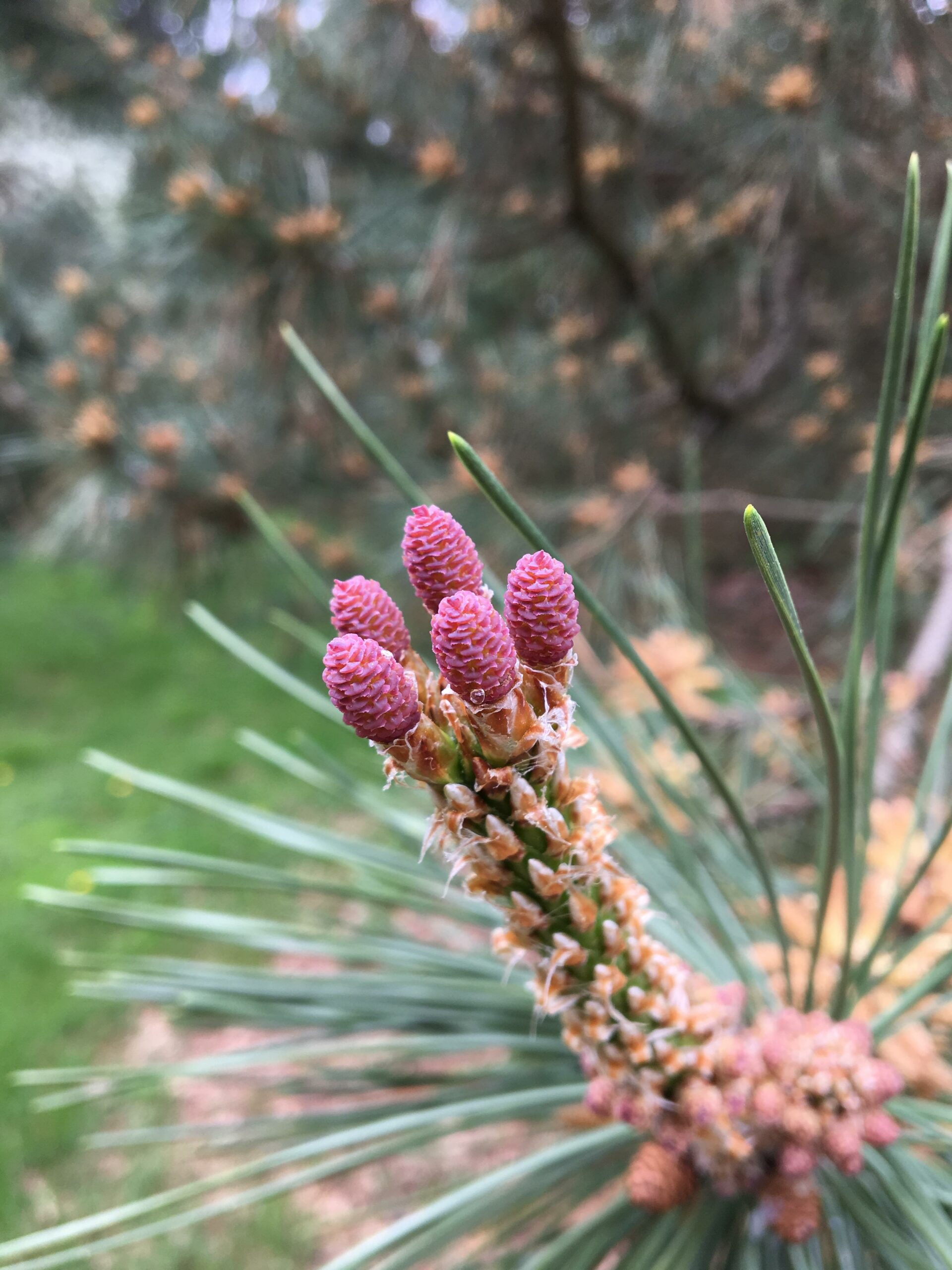
3
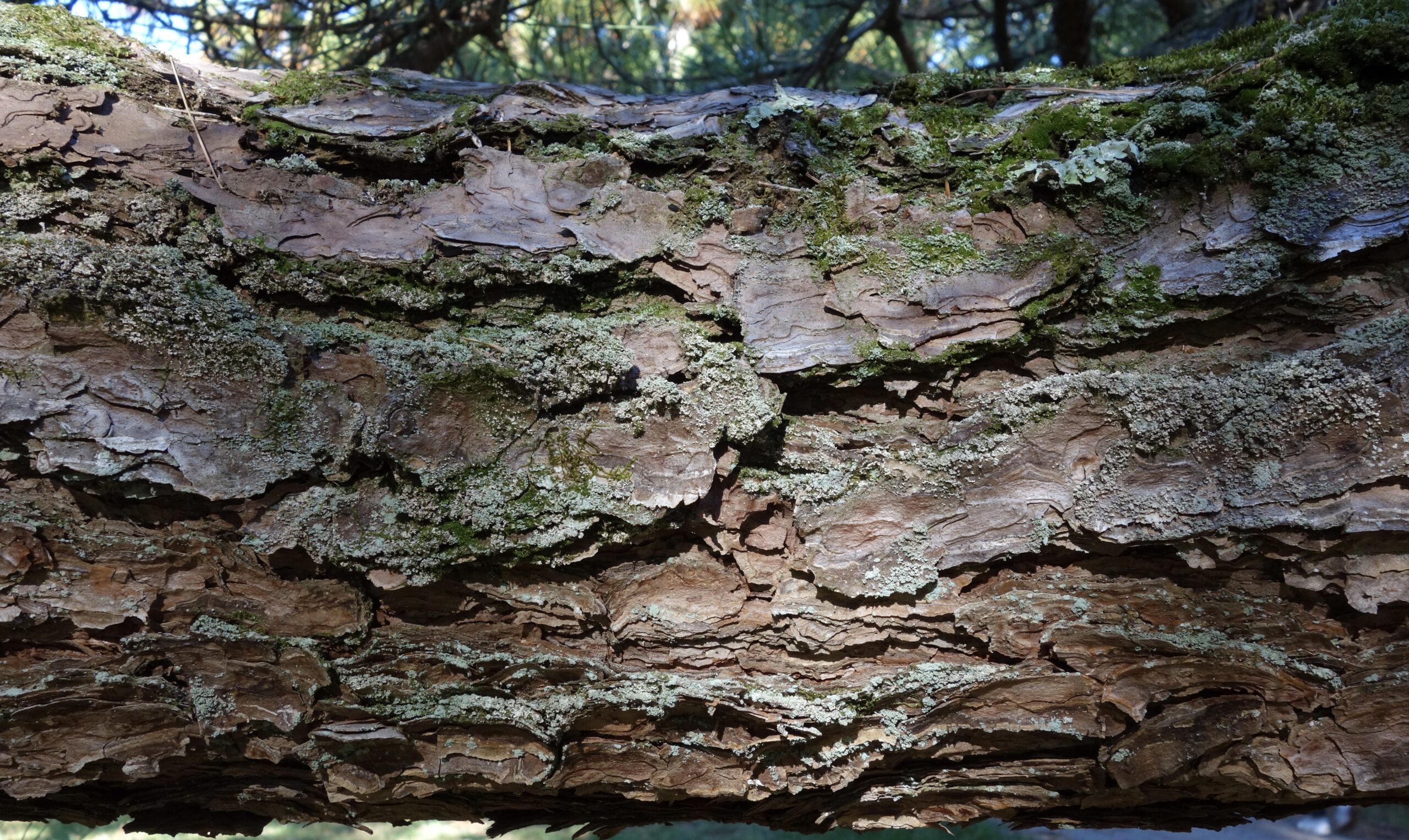
4
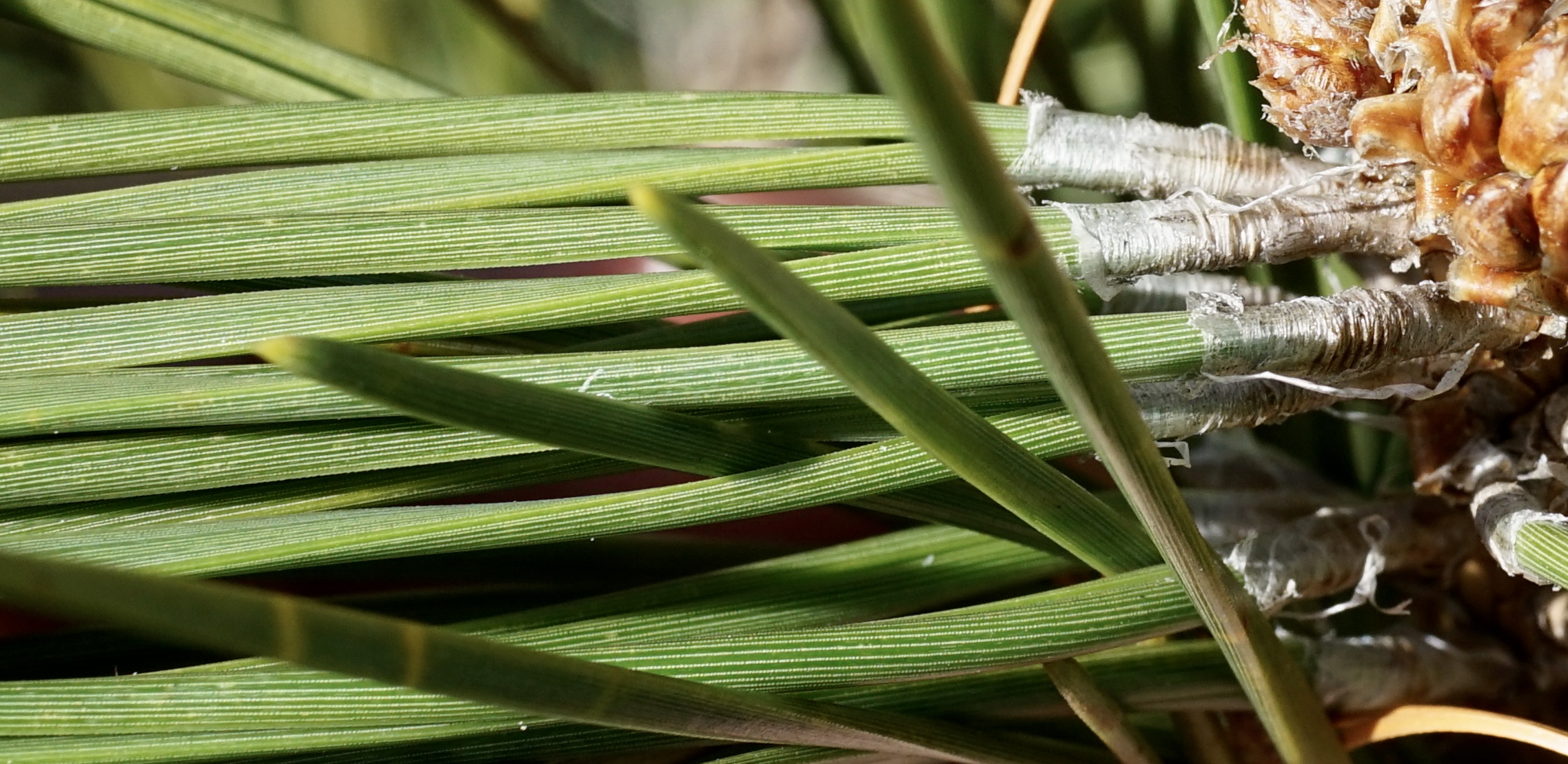
5

About Our Collection
Fun Facts
Stats
- Living Specimens
- Specimens Dead or Removed
- First Addition
- Most Recent Addition
- Tallest Specimen

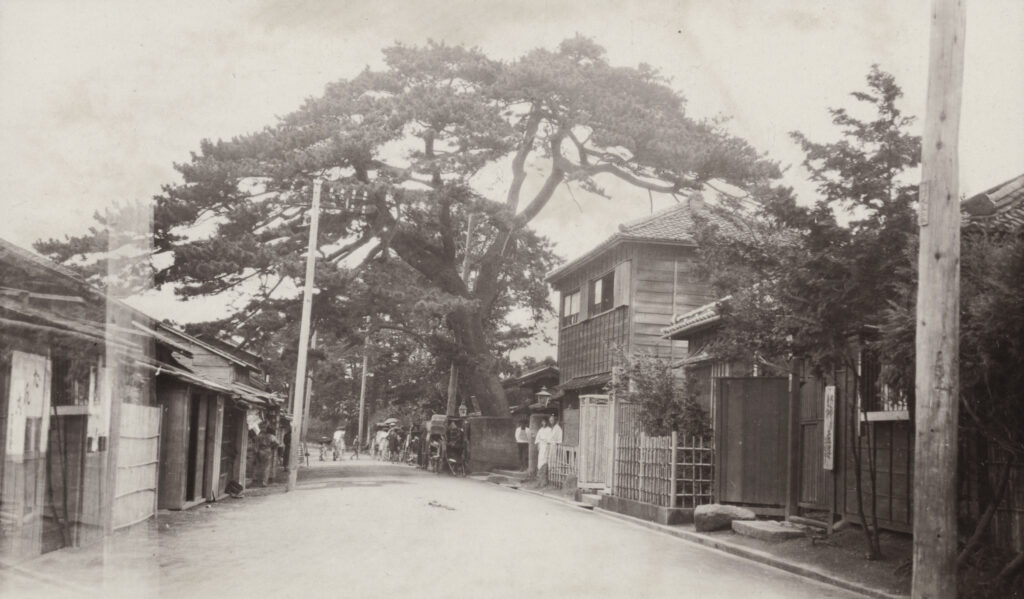
21 Living Specimens
| Plant ID | Accession Date | Received As | Origin | Source |
|---|---|---|---|---|